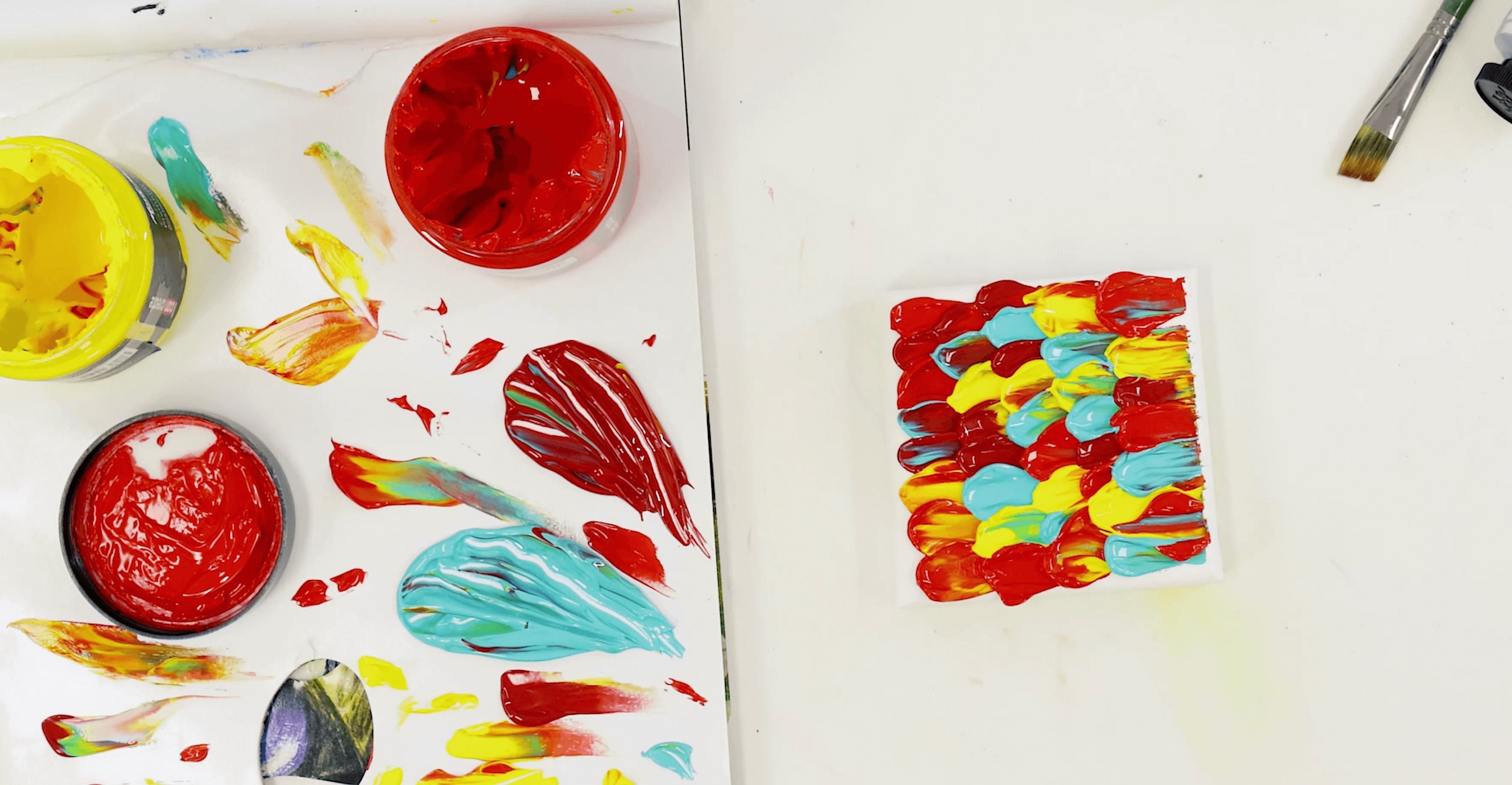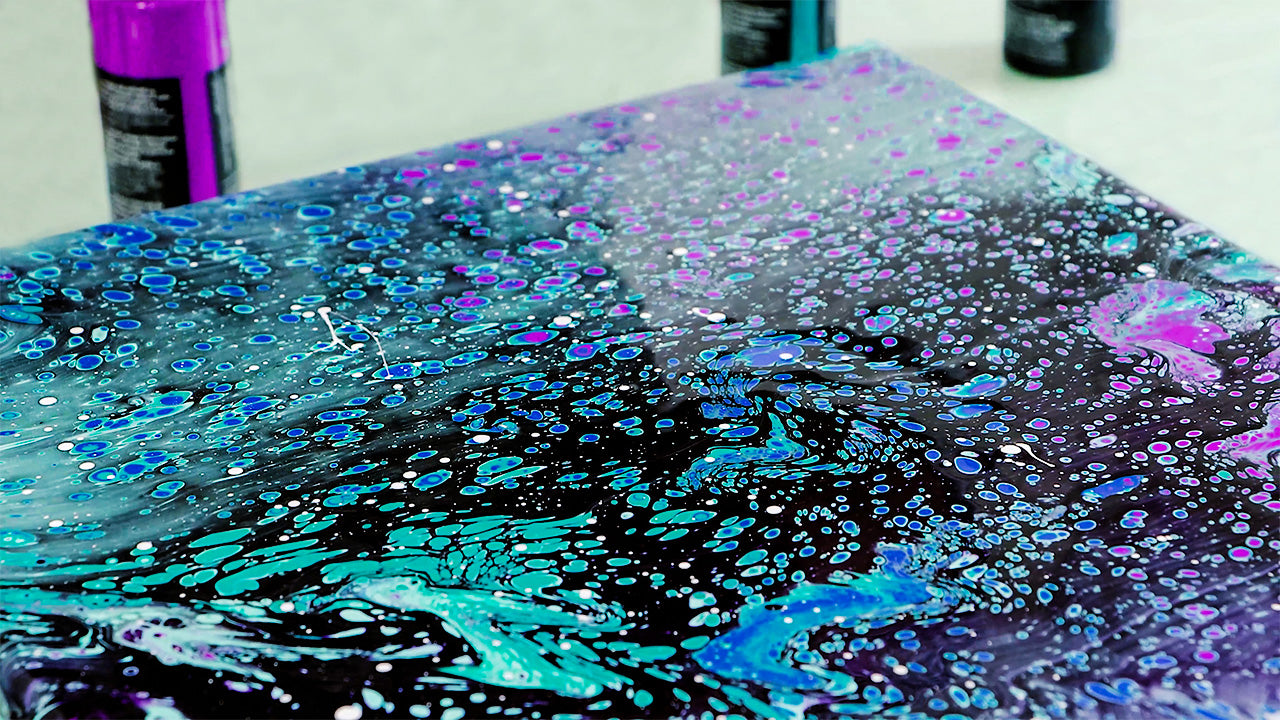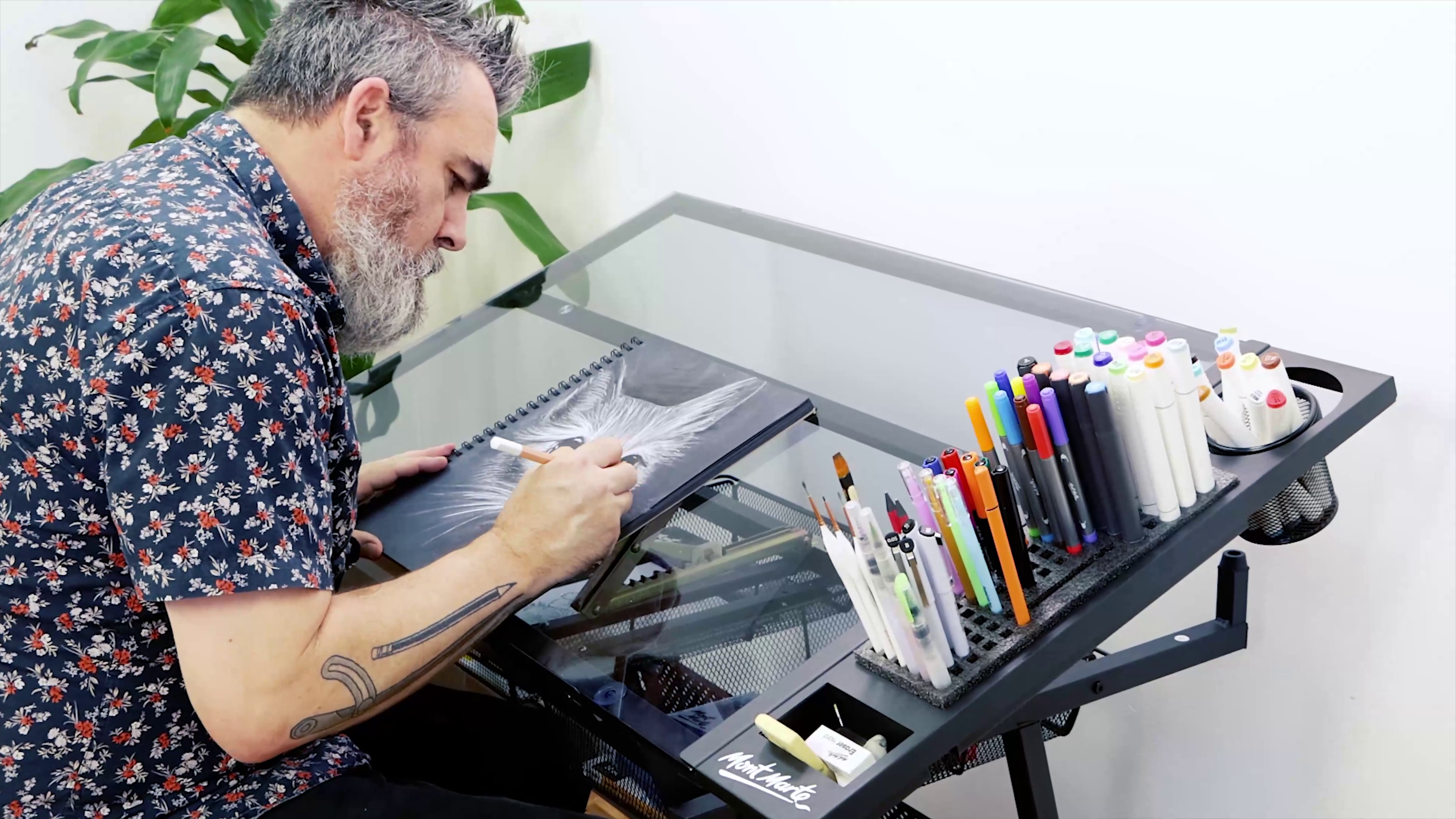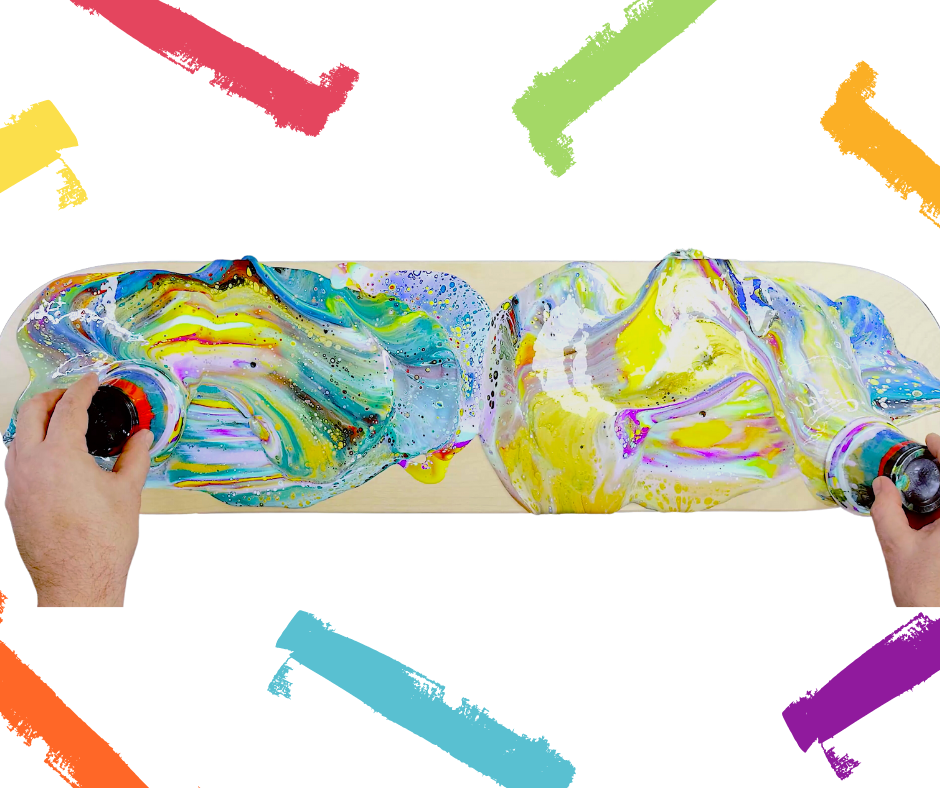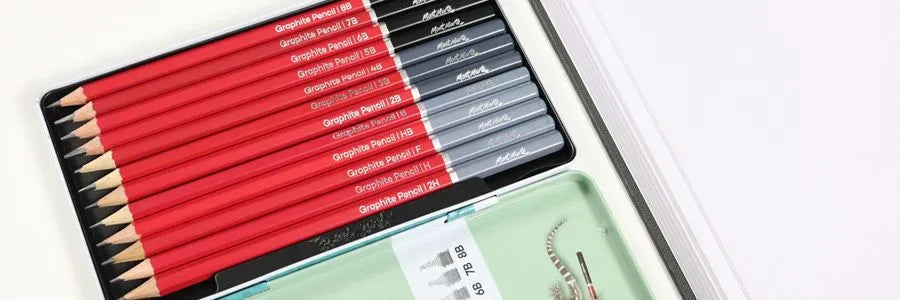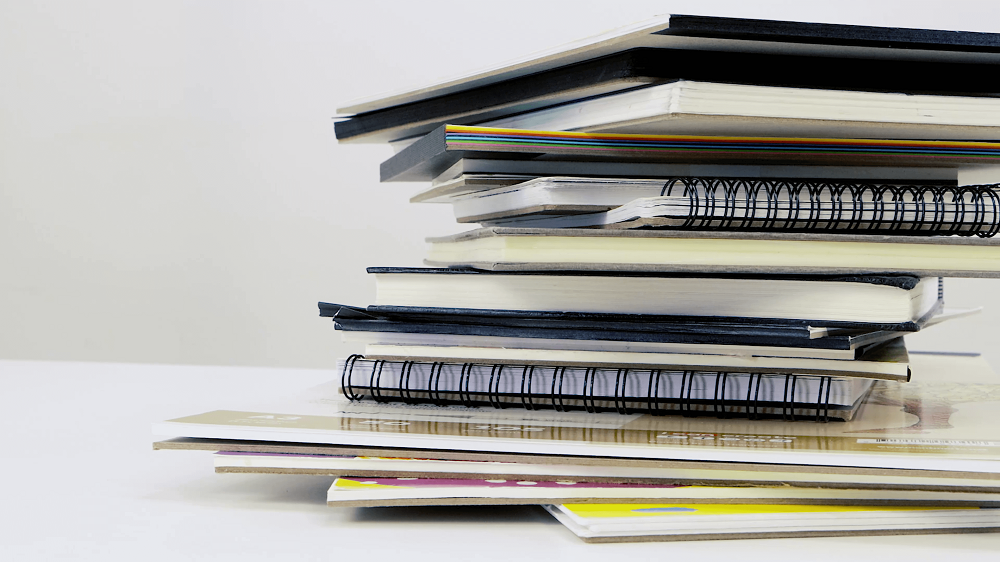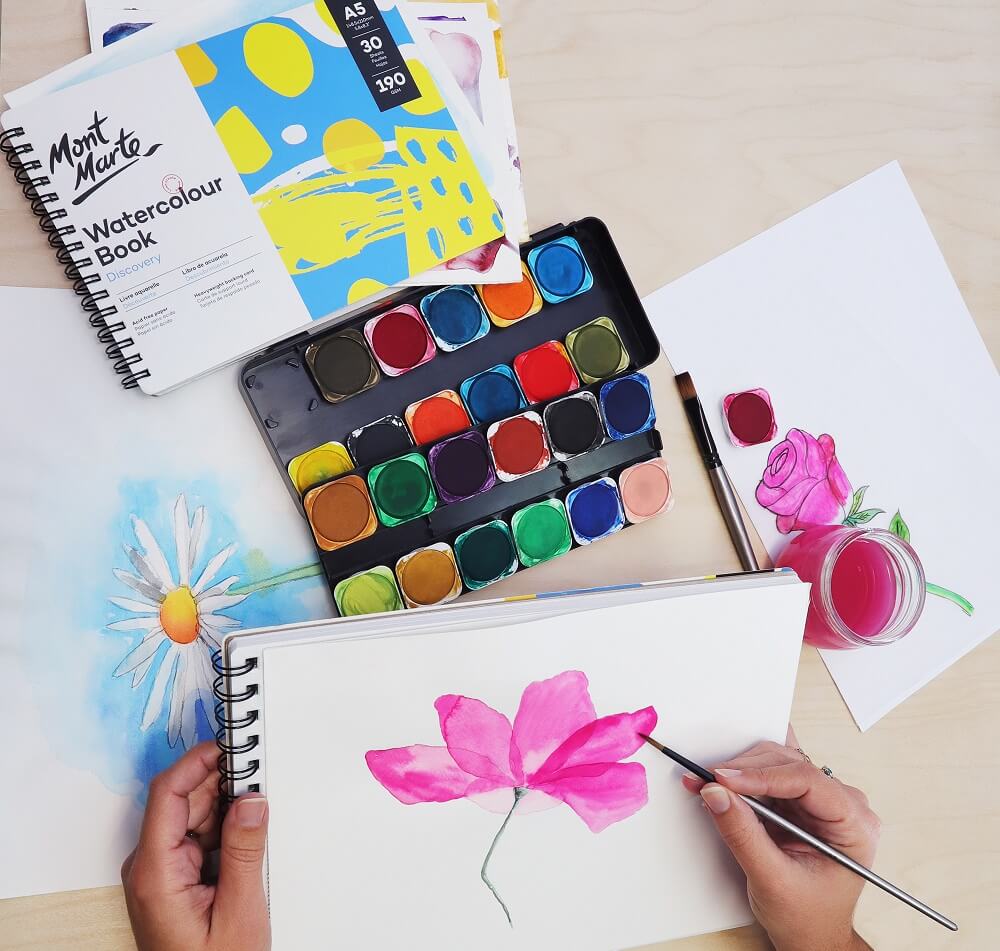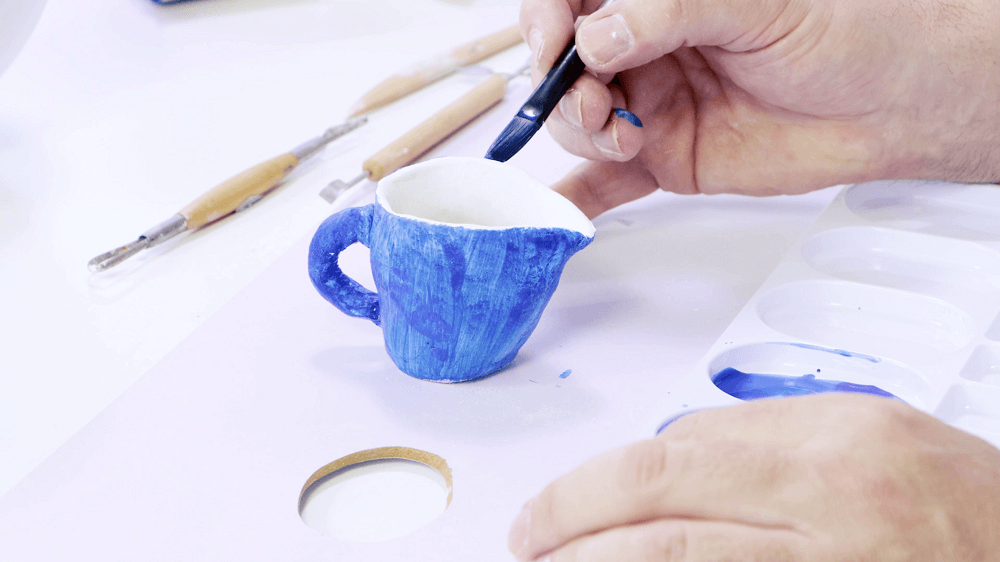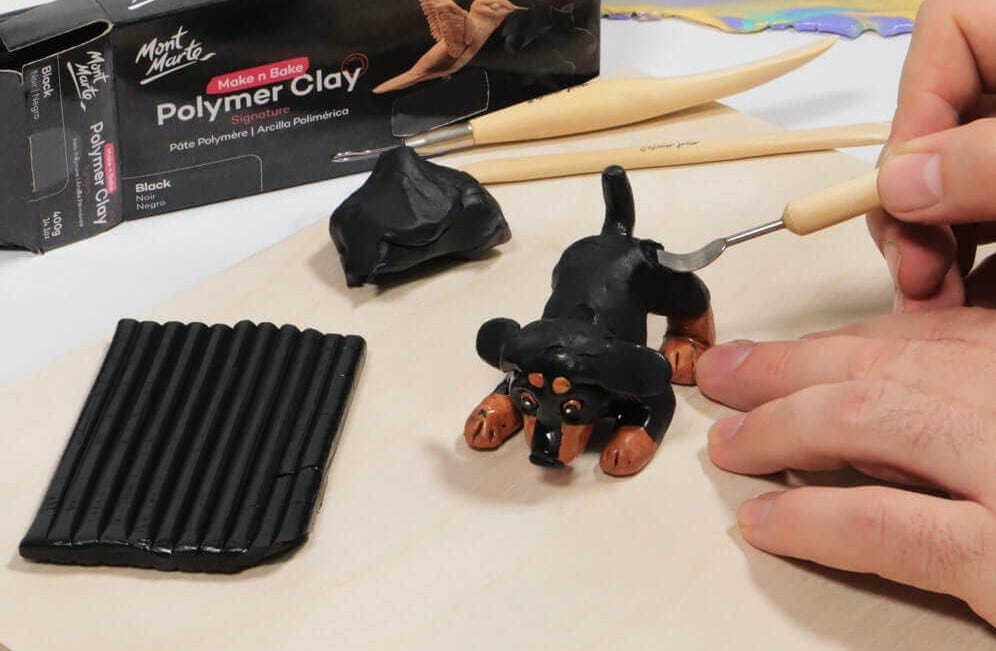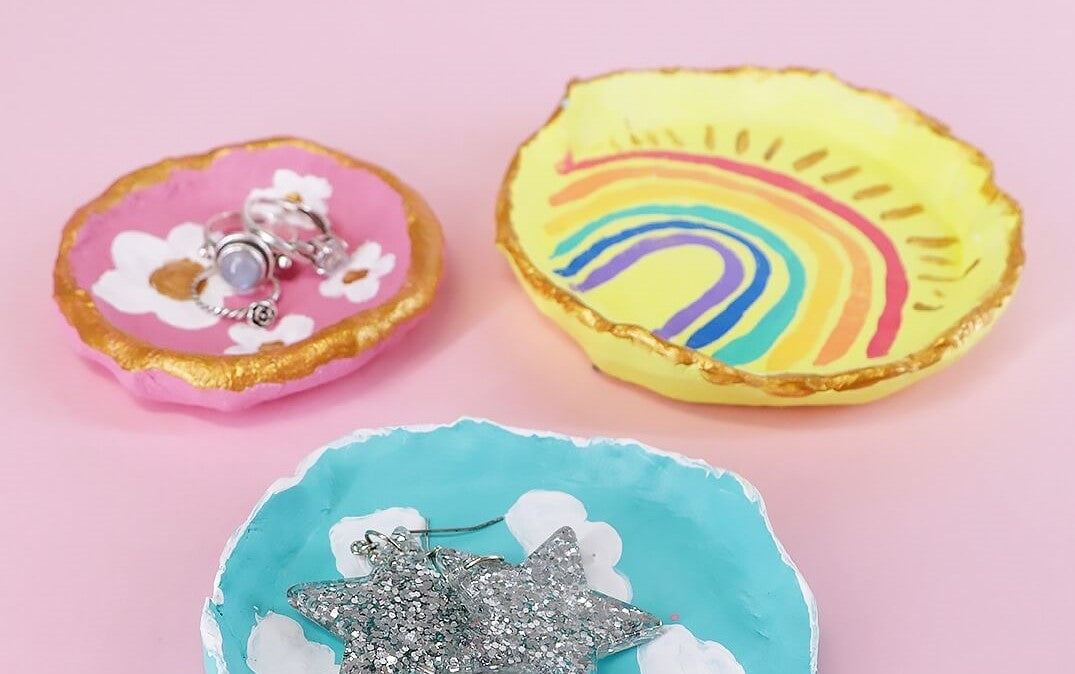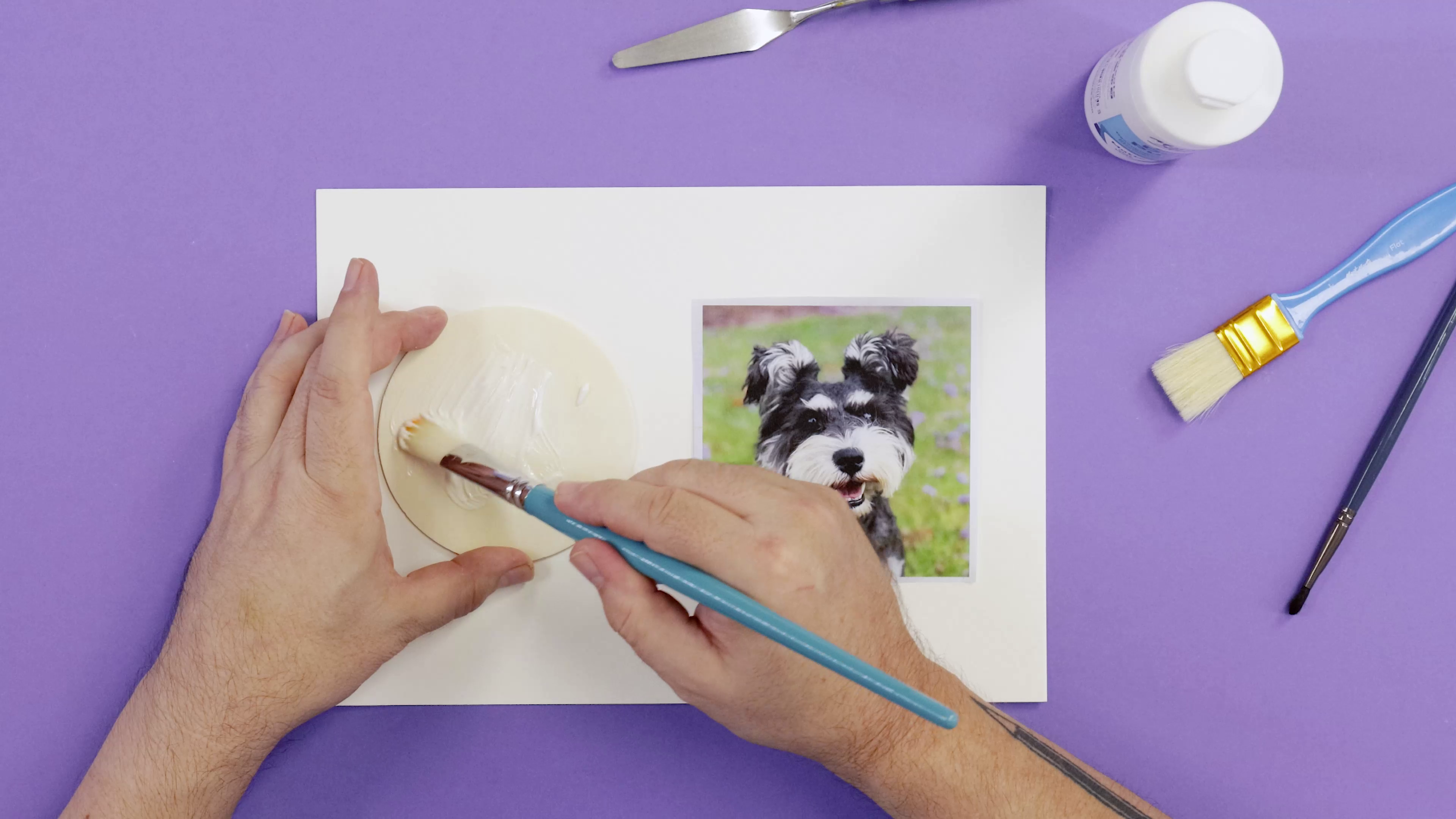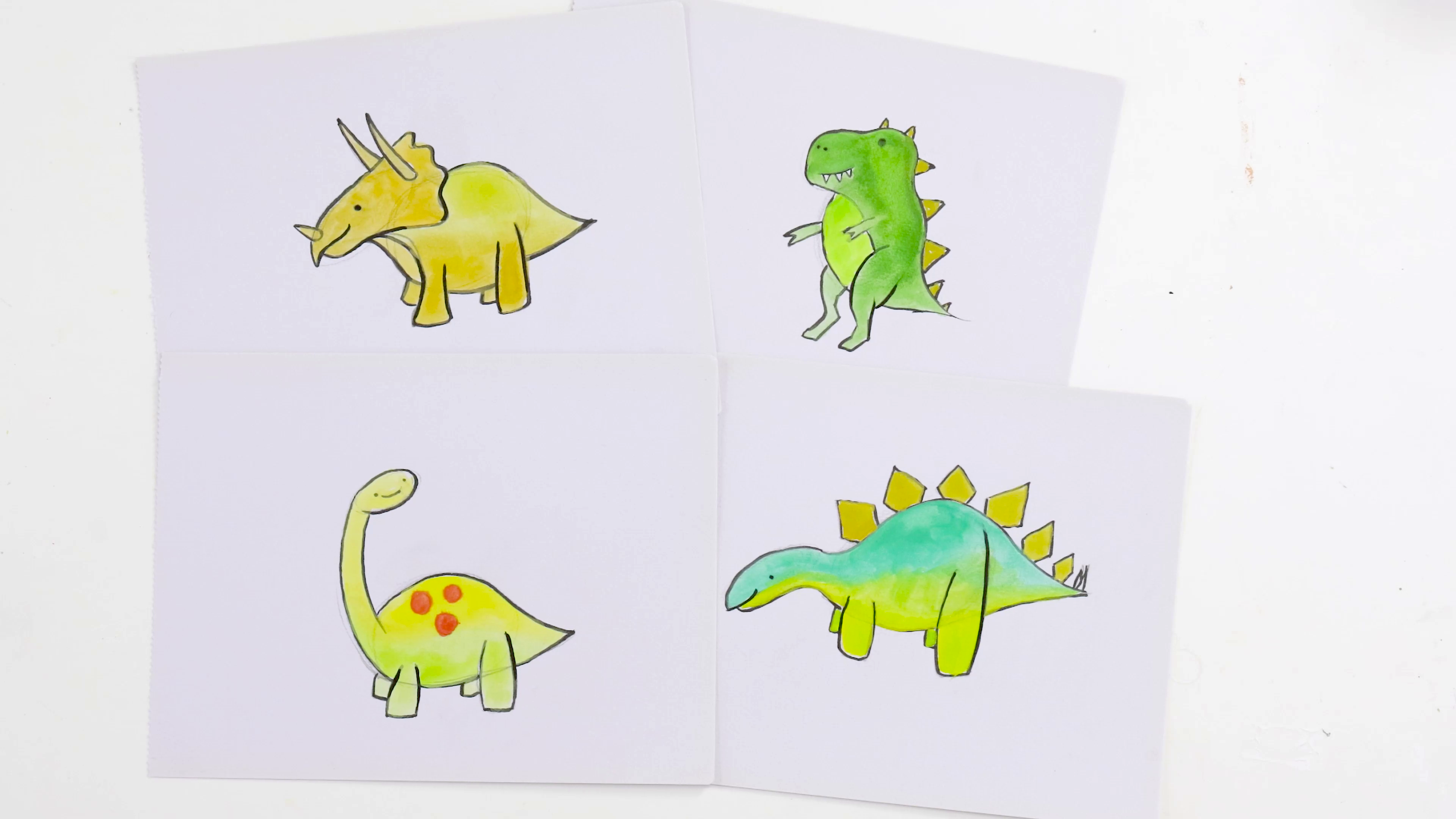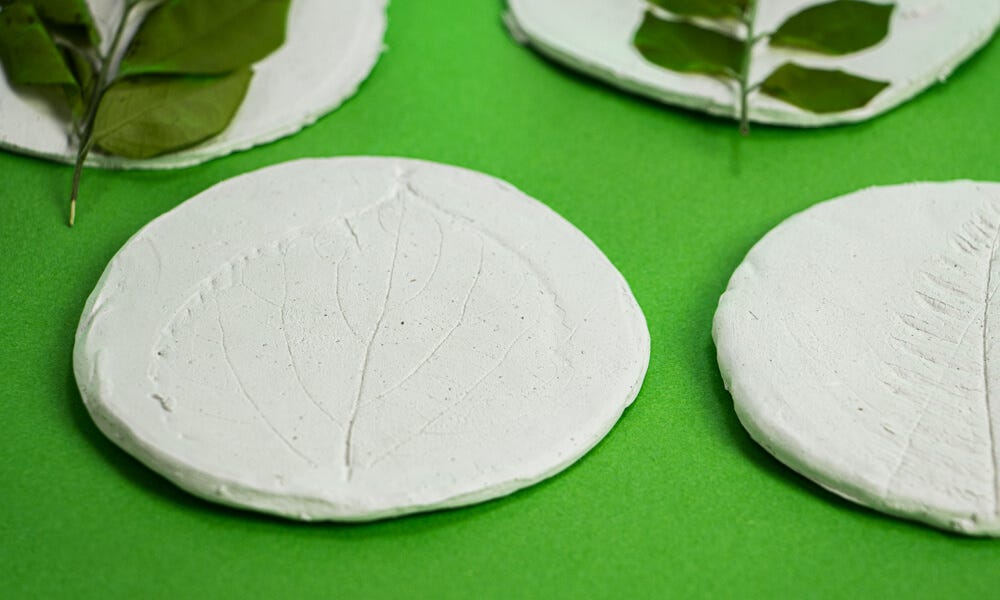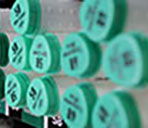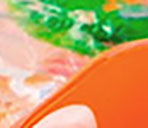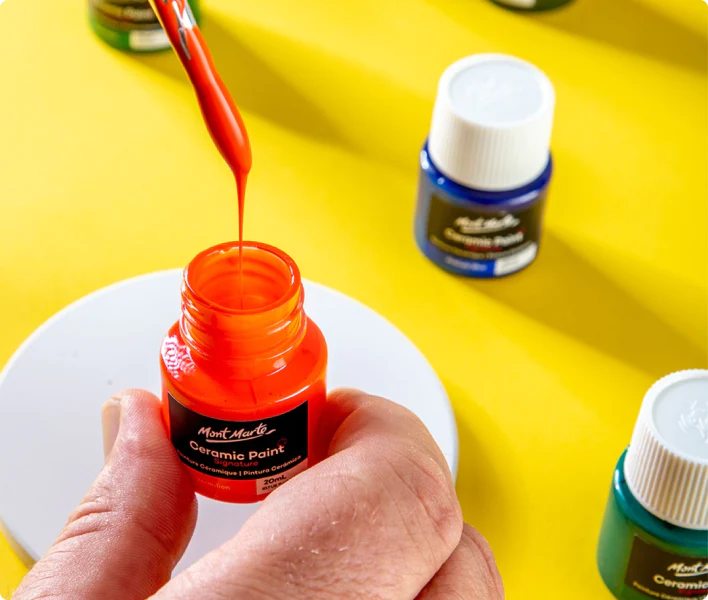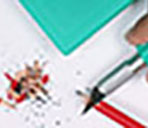Create a fish with air drying clay
In this project we use the fettling knife from the pottery tool kit. If you are creating this lesson in a classroom setting and you don’t have enough tools or the children are under 5 then a butter knife can be substituted for the fettling knife. The video outlines other possible tool substitutions as well.
Step1. The basic shape.
The first step is to create a rectangle of clay 21 x 16cm x13mm thick. Do this by adding portions of clay together until the desired size and thickness is reached and by then smoothing the sheet flat. Next, cut out the fish design on page 6 and lay it onto the sheet of clay. Use a fettling knife to score around the edge of the fish. Remove the paper cut out and cut away the negative area of clay. Store all of the left over clay in an airtight container. The cut edges of clay will be a little rough, so dip your fingers in water and smooth them.
Step 2. Adding the hanging line.
Tie some of the cord around the middle of the pencil. Press the pencil vertically into the clay to mark positioning. Remove the pencil and cut out enough clay to embed the pencil in so that it is flat. Position the cord so that it exits out of the mouth region of the fish. Cut the desired length of cord and tie a loop at the end so that the fish can be hung on the wall.
Step 3. The Top Portion.
The second portion sits on the top of the fish to fill out the body. Use the printout again and cut off the fins and the mouth. Lay the shape on another sheet of clay that measures 14x12cm x13mm thick. Carve around the profile , remove the printout and cut away the unwanted clay. Round off the corners so that the shape is domed. Smooth it off with water, place it onto the fish then smooth it so that the joins are not visible between the two portions of clay.
Step 4. Detailing.
Now that the fish has been constructed we can start the detailing. Follow the steps outlined below: 1) Create the scale pattern by pressing the ribbon tool into the surface. 2) Add the pectoral fin. 3) Create lines on the fins with a pointed tool. 4) Press a small ball onto the face for the eye. Create a smaller ball and centralise it onto the first ball. 5) Roll out 2 small tubes and add it to the mouth to create the lips 6) Use the pointed tool to create a nostril. Let the sculpture dry before painting. Have a bowl of water handy to dip your hands in so that the clay can be smoothed off or dampened so it won’t dry out. If you have to stop sculpting for some reason you can wrap the clay in cling film to keep it from drying out. Clay can be speed dried with a hair dryer.
Step 5. Painting.
The best paint to use with air dry clay is Acrylic. The specific colour choices are better left to the artist as there isn't wrong or right colours to use. If you’d like to colour the fish like mine I am using Metallic Acrylic in the following steps. 1) Silver Satin Series Acrylic over the whole fish. 2) Yellow Metallic Acrylic over the whole fish. 3) Pink Metallic Acrylic over the body ( but not on any fins). 4) Blue Metallic Acrylic on the edge of the fins and around the eye. 5) Titanium White on the eyeball 6) Lamp Black on the eyeball for the pupil. It is important to keep the clay workable and moist. You can do this by giving the clay a spray with water from a spray bottle.
Material List
- Plastic Brush Washer Signature
- Acrylic Brushes Signature 5pc
- Pottery Tool Kit Signature 10pc
- Air Hardening Modelling Clay Premium 2kg - White


